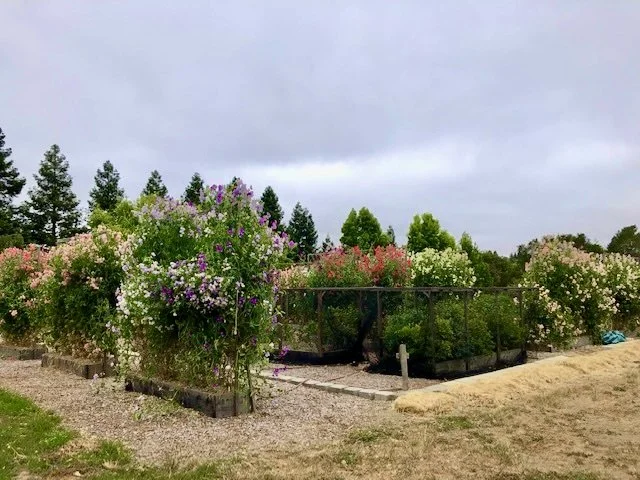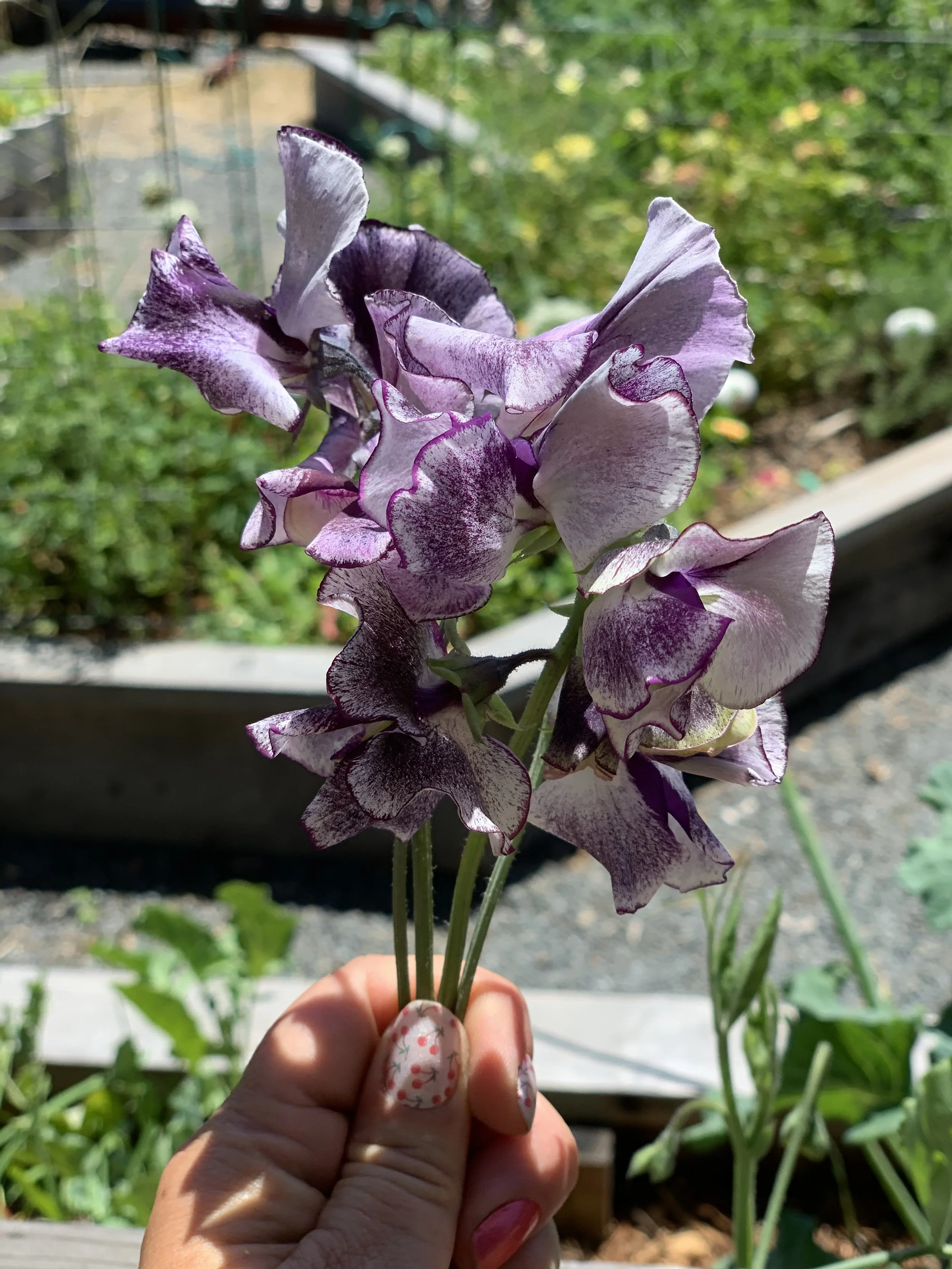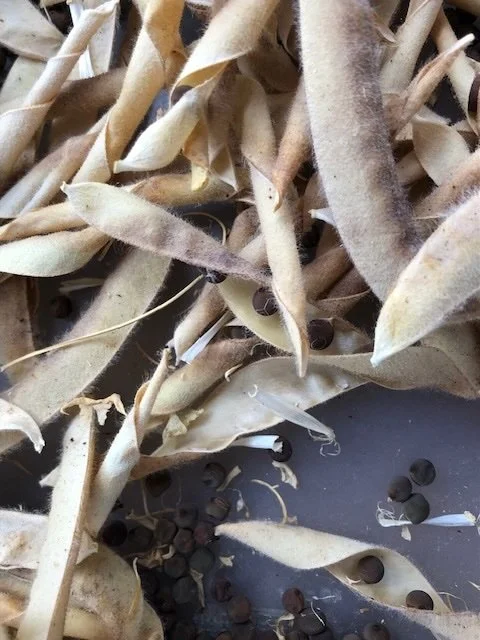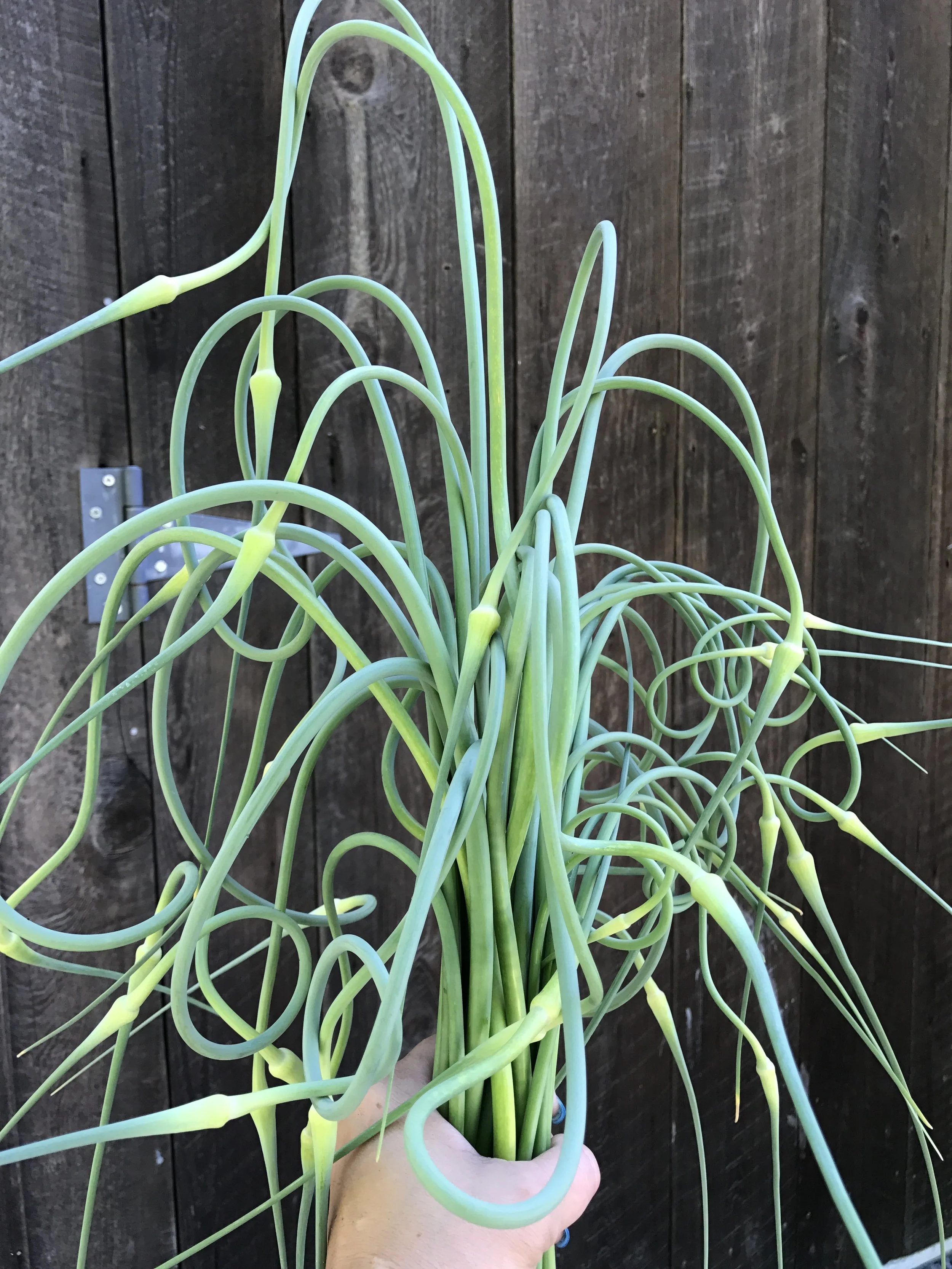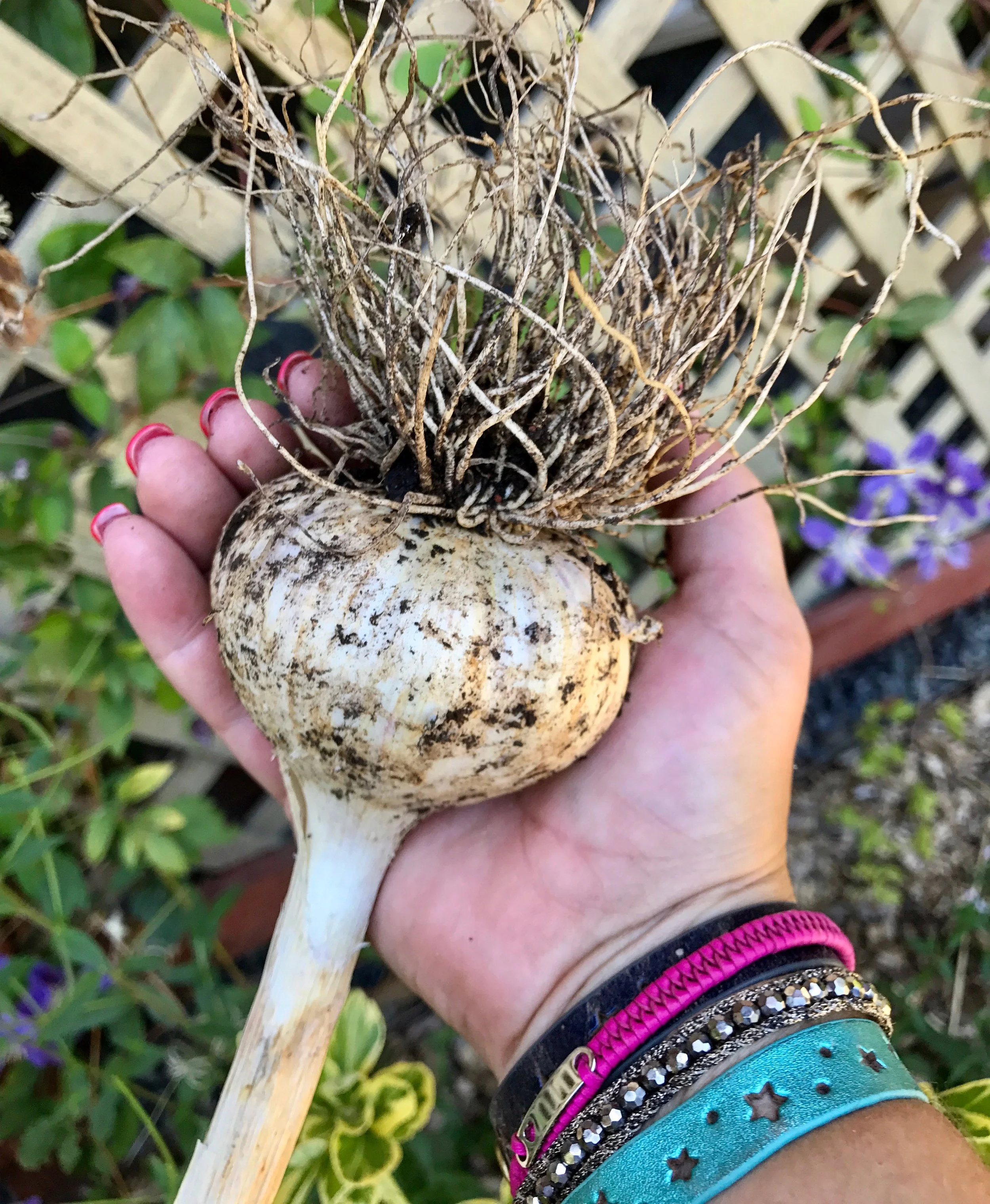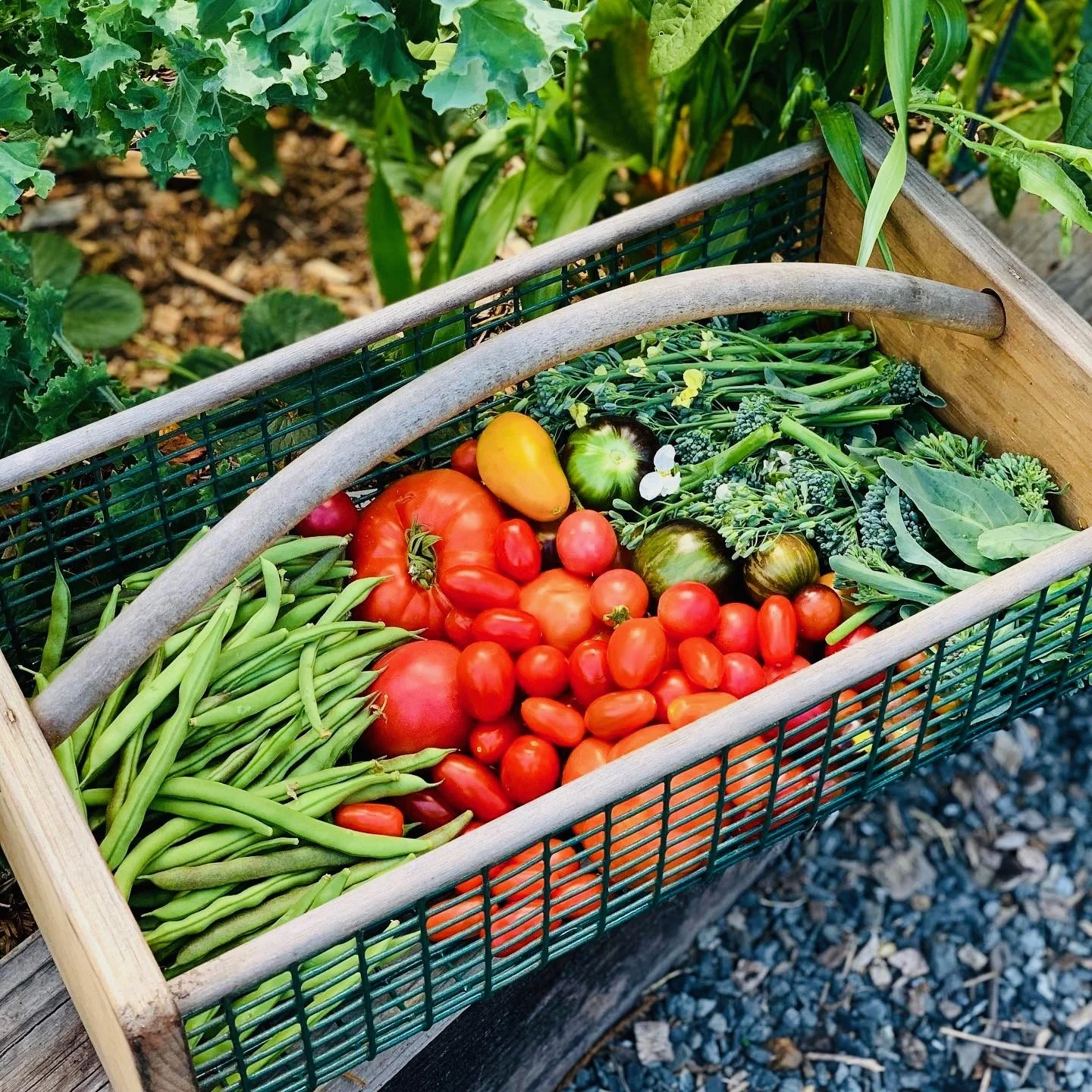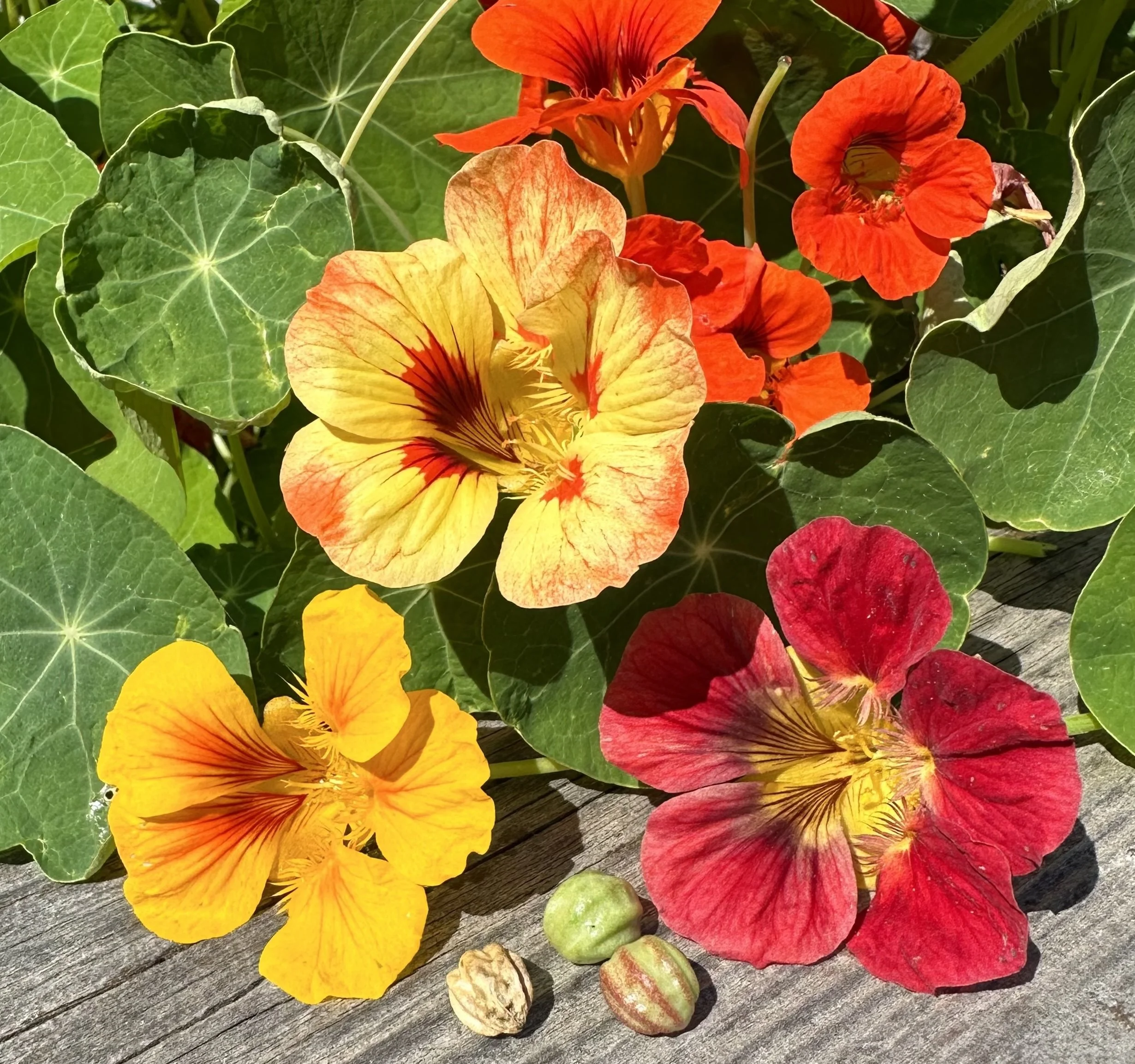I always welcome December’s slower pace and the rare chance to pause from garden chores. When the sun breaks through, I like to wander outside and harvest a few greens and hardy herbs; my favorite being rosemary.
If you grow rosemary in our climate, you’ve probably noticed it can be a bit on the invasive side. I keep mine in a raised bed and manage its spread by constantly cutting it back. Luckily, it’s a scent I adore, so I find plenty of uses for the trimmings, from soft padding in the chickens’ nesting boxes to fragrant additions in salad dressings.
Rosemary’s fresh, woodsy aroma makes it an especially fitting companion for the holidays and winter, so I thought I’d share a few of my favorite ways to use it.
Simmer Pot
If you’ve never tried one before, a simmer pot is an easy way to fill your home with the scent of the holidays; no need to keep buying candles.
To make one, add a few sprigs of rosemary, a slice or two of orange, and a cinnamon stick or some cloves to a small pot of water. Let it simmer gently on the stove, adding more water as needed. The aroma is clean and comforting, with bright citrus and earthy evergreen notes that fill the house with warmth. If you enjoy decorating for the holidays, your simmer pot can be both attractive and fragrant. Pinecones, sliced citrus, apples, or cranberries add color and texture, creating a cozy, festive atmosphere for a gathering.
Rosemary Shortbread
Rosemary brings a subtle, aromatic quality to this simple shortbread. It’s buttery and crisp, and the herbal note keeps it from being overly sweet. Serve it alongside coffee or package a few squares with a fresh sprig for a thoughtful, handmade gift.
Ingredients
1 cup (2 sticks) unsalted butter, softened
½ cup sugar
2 cups all-purpose flour
2 teaspoons finely chopped fresh rosemary
¼ teaspoon salt
Directions
Preheat oven to 325°F.
Cream butter and sugar together until smooth.
Add flour, rosemary, and salt, mixing until a soft dough forms.
Press into an 8x8-inch pan and bake for 30–35 minutes, until lightly golden.
Cool slightly and cut into squares while still warm.
Infused Olive Oil
This is a simple way to preserve rosemary’s fresh flavor for the months ahead. Warm 1 cup of good-quality olive oil with 2 or 3 sprigs of rosemary over very low heat for about 5 minutes—just until fragrant. Let it cool, strain, and store in a sealed glass bottle. It’s excellent drizzled over roasted vegetables and salads.
December may be a slower month in the garden, but a pot of rosemary simmering on the stove or baked into a batch of shortbread keeps the season alive and fragrant. Wishing you a relaxing winter and a fresh start to the year ahead. Happy gardening!

